‘The era of global warming has ended, the era of global boiling has arrived‘, UN Secretary General, Antonio Guterres has stated. In the context of alarming warning, it is crucial to have a look at one of the recent reports issued by the World Metrological Organisation, which states that ‘There is two-third chances that at least one of the next five years (2023-2027) or the five-year period as a whole will be warmest on record. This will have far-reaching repercussions for health, food security, water management and the environment.‘
The question of whose health, water and food security is getting more adversely impacted in the boiling era depends on the ability of people to deal with the risks posed by climate change. It is that segment of society who draws its diurnal sustenance directly working under scorching heat. The hazardous impacts on the life and well-being of street vendors, rickshaw pullers, construction workers, agricultural laborers, primary resource managers in rural households are beyond imagination because of their little capacity and fewer resources to deal with furies of changing climate.
Why is gender equity important to recognise in climate justice?
Climate change has become a serious threat for the entire humanity but it does not equally affect each and every section of the society. United Nation acknowledges, the impact of climate change will not be borne equally or fairly by the rich and the poor, men and women, and older and younger generations. Climate justice recognises that those who have contributed least to cause climate change are the ones who suffer the most from its effects.
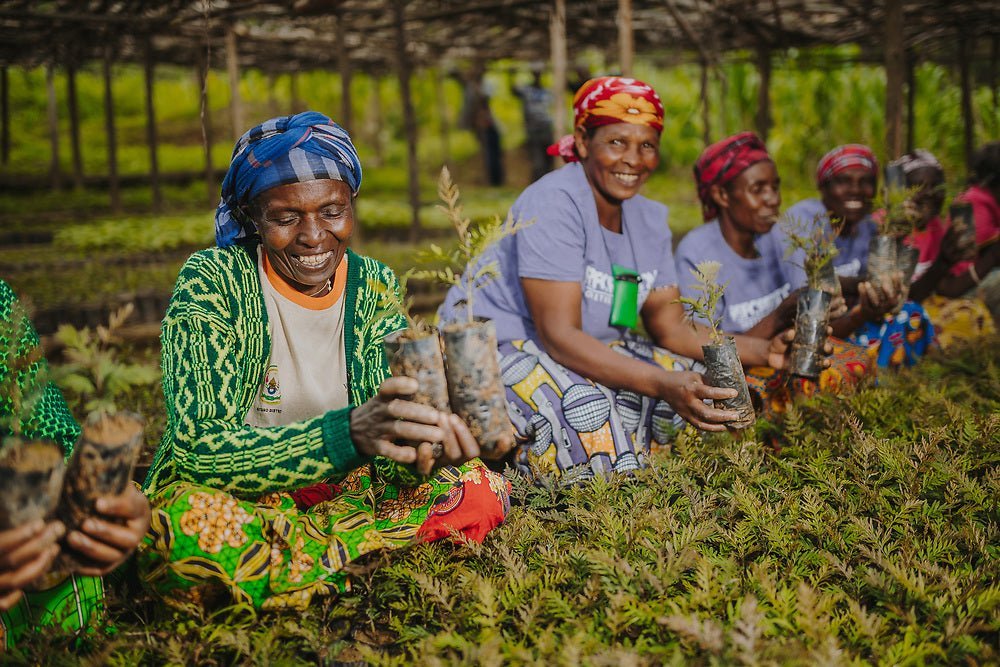
A 2020 report co-published by Oxfam and the Stockholm Environment Institute shows that there is a gap between those who are most responsible for the climate change and those who are most burdened by it. Owing to their experience of colonialism, countries of the global south are on the frontlines of the climate crisis where siseable population are largely agrarian and lives in extreme poverty. These countries are ill-equipped to deal with these impacts and therefore are more vulnerable.
Activists call for environmental inequalities to be addressed by correcting historical injustice to create a safer world for all. Beyond global climate justice, there are important considerations of marginalised communities at local level. Climate change interacts with socio-economic identities of people including their class, gender, race and ethnicity then makes them more susceptible to its crisis.
Gender as a factor of vulnerability
The survival of women in rural poor households of developing countries is disproportionately threatened during food insecurity, water crisis or any environmental decline because they are assigned with the responsibility of managing water, food and fuel (climatically-sensitive areas) in the households. The effects of climate change in terms of rising temperature, drought, flood, coastal erosion, sea-level rise put greater pressure on women to shoulder the adverse repercussions on the household.
The effects of climate change in terms of rising temperature, drought, flood, coastal erosion, sea-level rise put greater pressure on women to shoulder the adverse repercussions on the household.
Issues of scarcity and lack of accessibility to primary natural resources, arable land contribute to women’s drudgery and stresses on them which often leads to violence against women and girls. Gendered social norms, unequal power structure, limited access to resources, property rights, under representation further exacerbate these gender-based vulnerabilities.
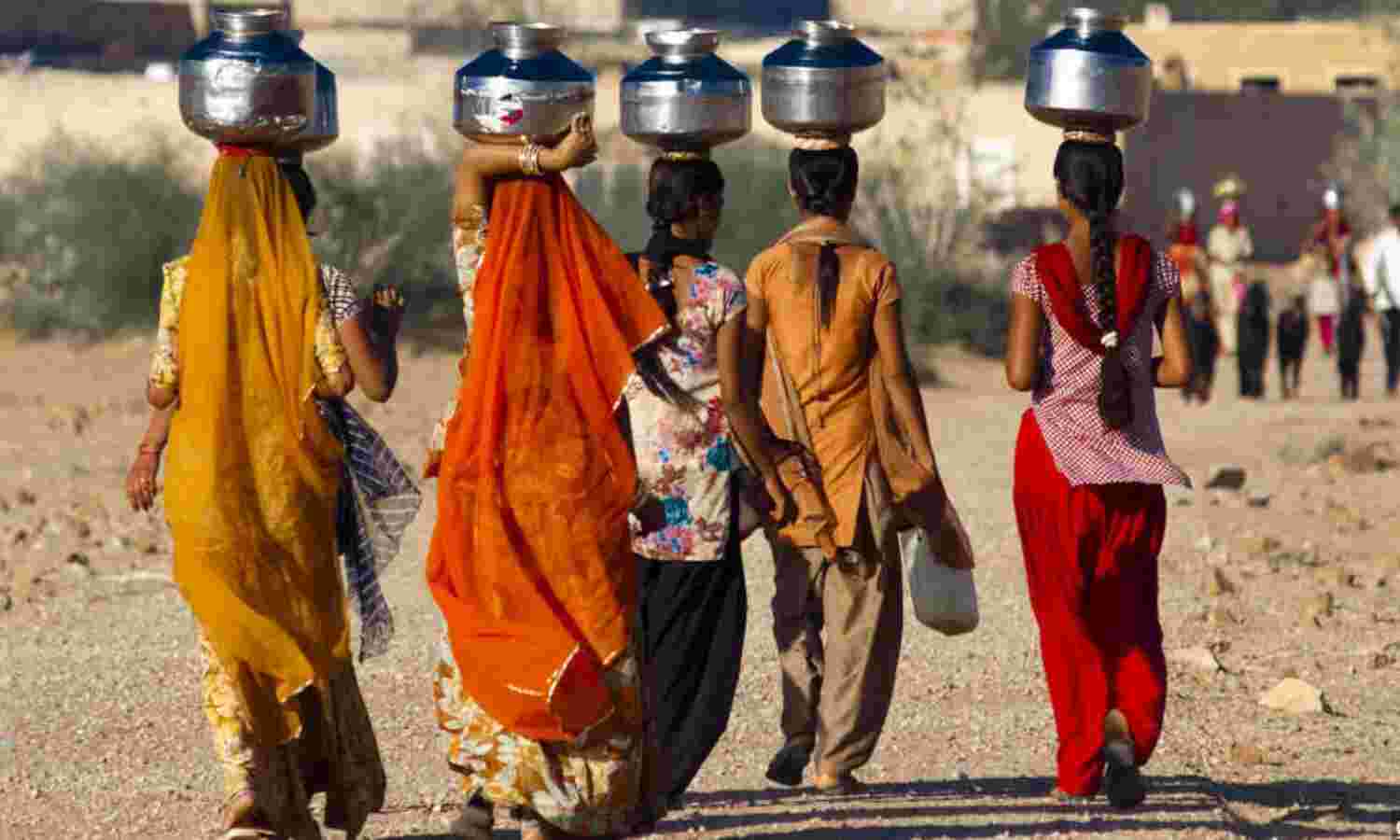
Around 2.2 billion Asians rely on agriculture for their livelihoods. The sector is more likely to be threatened by falling crop yields caused by erratic rainfall, droughts, floods and other climate change impacts. It is the women who miss their meal or eat left-over food at the time of food insecurity due to their socialisation in masculine world. Apart from their long hour journey to gather water, women’s exploitation is another consequence of water crisis occurred due to hot summers.
The social practice of water wives in Denganmal village of west Maharashtra is a case where polygamy is seen as the only solution to deal with water scarcity.
The social practice of water wives in Denganmal village of west Maharashtra is a case where polygamy is seen as the only solution to deal with water scarcity. Given the situation of 12 hours to complete the journey, the men started to marry more than one woman just to ensure enough drinking water in their households. These hardships also resulted into drop-out rates of young girls in school, sexual abuse and early marriages etc.
Here, the question is- Are these local communities or the women, responsible for the depletion of natural resources or the climate crisis? These people had been living in an ecologically sustainable manner for centuries where women shared symbiotic relationship with nature. The question of who is responsible can be answered by looking at the unequal structure of developing societies where extraction of resources is being done by elites for their commercial vested interests at the cost of environmental sustainability and the marginalised sections of the society.
Women as agents of change
The Chipko movement led by hill women challenging the notion of unbridled development illustrates that women are not only at the receiving end but also are saviours at the same time. There are numerous such global success stories which depict women’s role as game changers by responding to changing climatic conditions using their indigenous knowledge and collective wisdom.
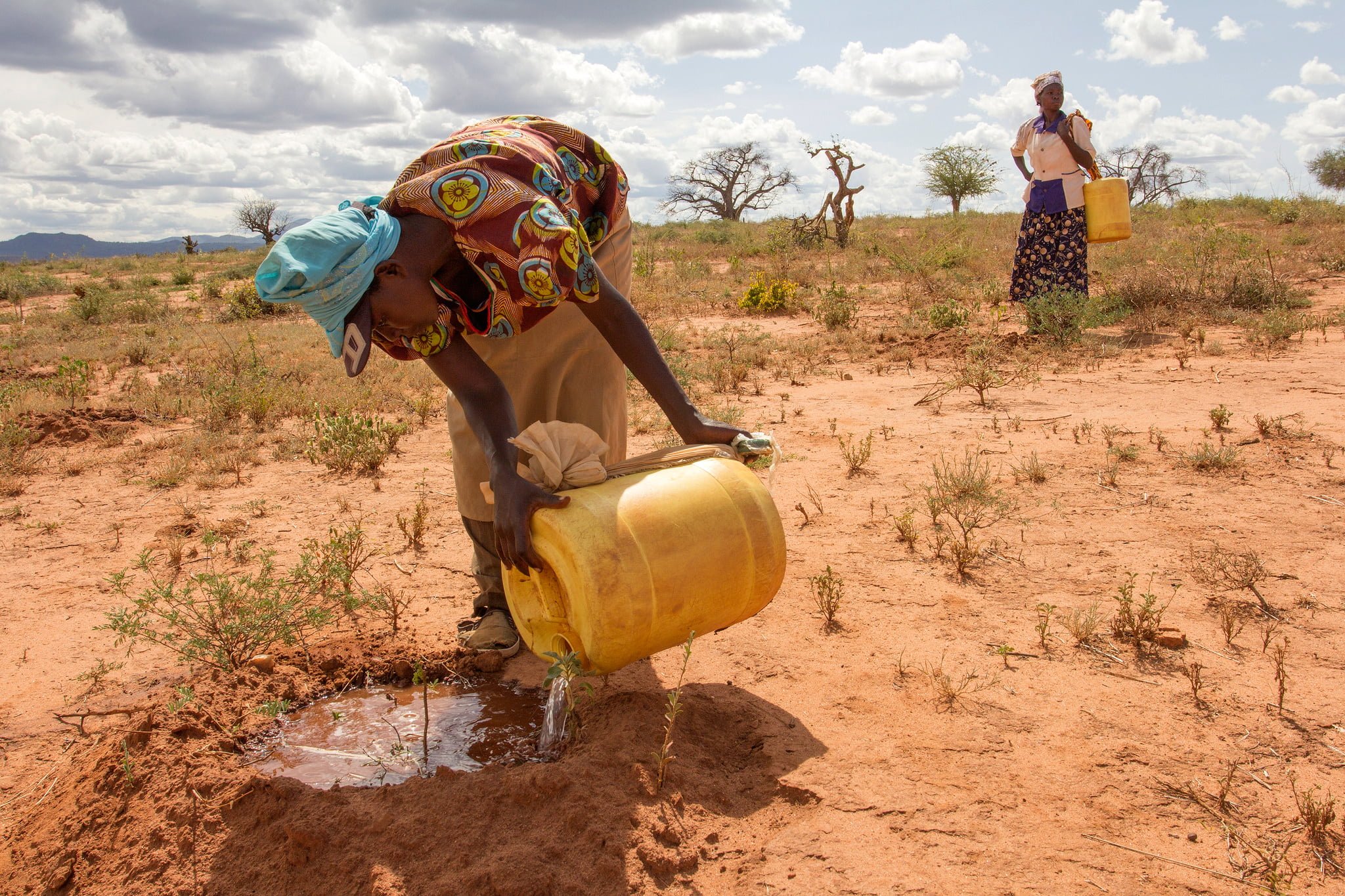
The 2004 Nobel Prise winner, Wangari Maathai successfully launched The Green Belt movement in Kenya, one of the leading climate change projects worldwide. The first-ever women’s farmer union is created by the collective efforts of women in rural Sudan to ensure food security in the time of drought and famine. Indian Dalit women in Zaheerabad contribute to adaptation strategies by growing 19 types of indigenous crops that do not need extra water, chemical inputs or pesticides for production. Around 5000 women spread across 75 villages in the region of southern India are now offering non-irrigated, chemical free, organic agriculture as a method to combat global warming.
Recognising the need for gender equity in climate action discourses
Despite being at the forefront to respond to climate change, women are left out from conversations and decision-making which further leads to perpetuating ignorance of their unique perspectives and needs. International efforts to tackle climate crisis have always been led by actors and activists from developed nations. Effective and equitable climate action requires us to hear the voices of countries and communities most affected by climate change.
Climate solutions should be led by local communities, particularly women, who possess indigenous knowledge to develop climate resilience strategies. Sadly, gendered concerns and capacities have never been a mainstream focus either in the key international agreements or at national policy actions. Women continue to face institutional and structural barriers that restrict their participation in decision-making bodies.
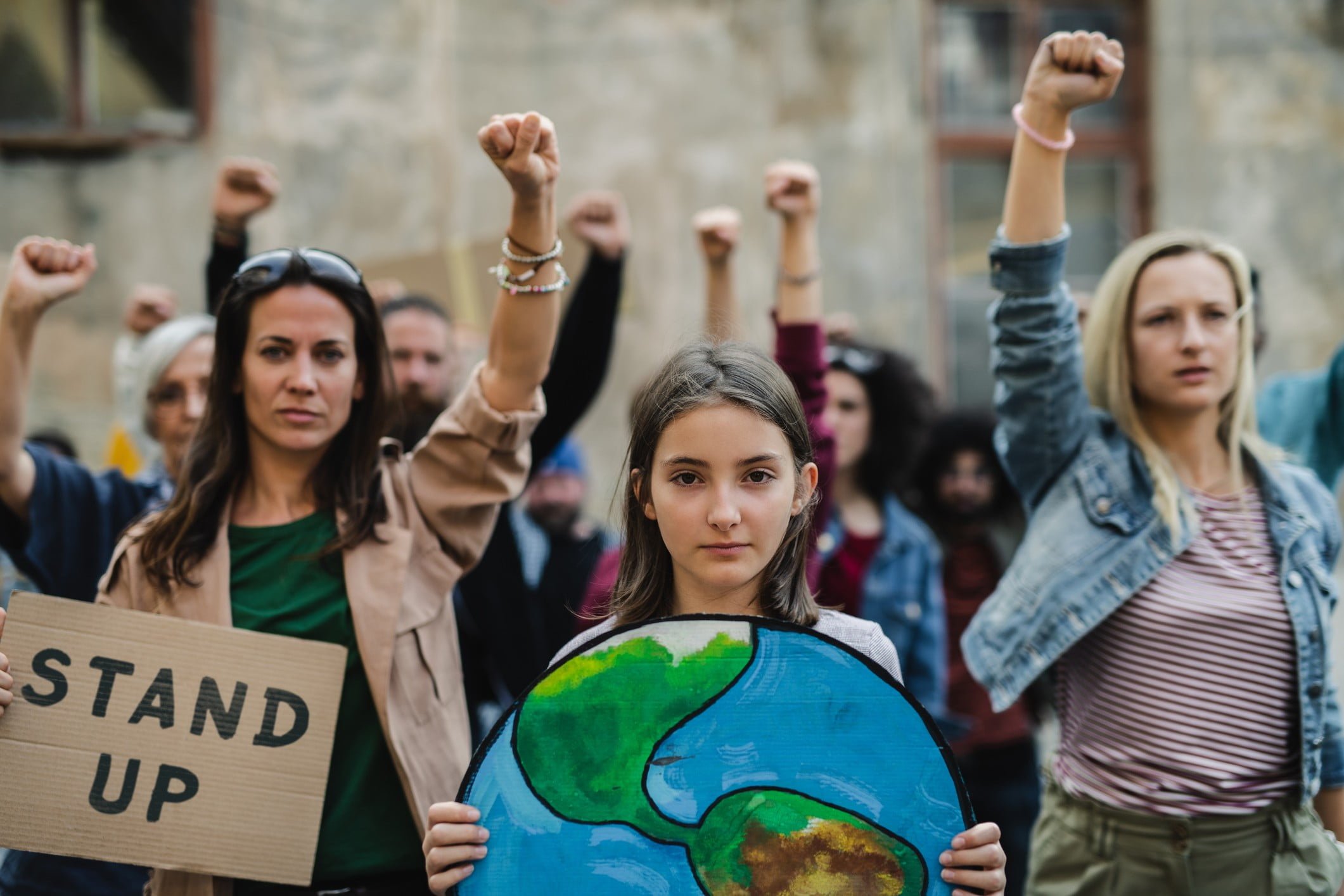
For developing countries, empowering women and achieving gender justice through measures like gender budgeting, higher women’s participation in policy-making will be an effective tool to address gender-based vulnerabilities and fight against climate change. A 2019 study demonstrates that higher women’s representation in national parliaments leads to the adoption of more stringent climate policies resulting in lower emissions.
The issue of gender justice must be at the forefront of this movement without which the objective of environmental justice and climate justice cannot be achieved.
In order to realise the goal of climate justice, gender equality must be introduced n climate leadership. Indian environmentalists raising their voices against the extraction of resources must attempt to combine issues of ecological sustainability and social justice. The issue of gender justice must be at the forefront of this movement without which the objective of environmental justice and climate justice cannot be achieved.
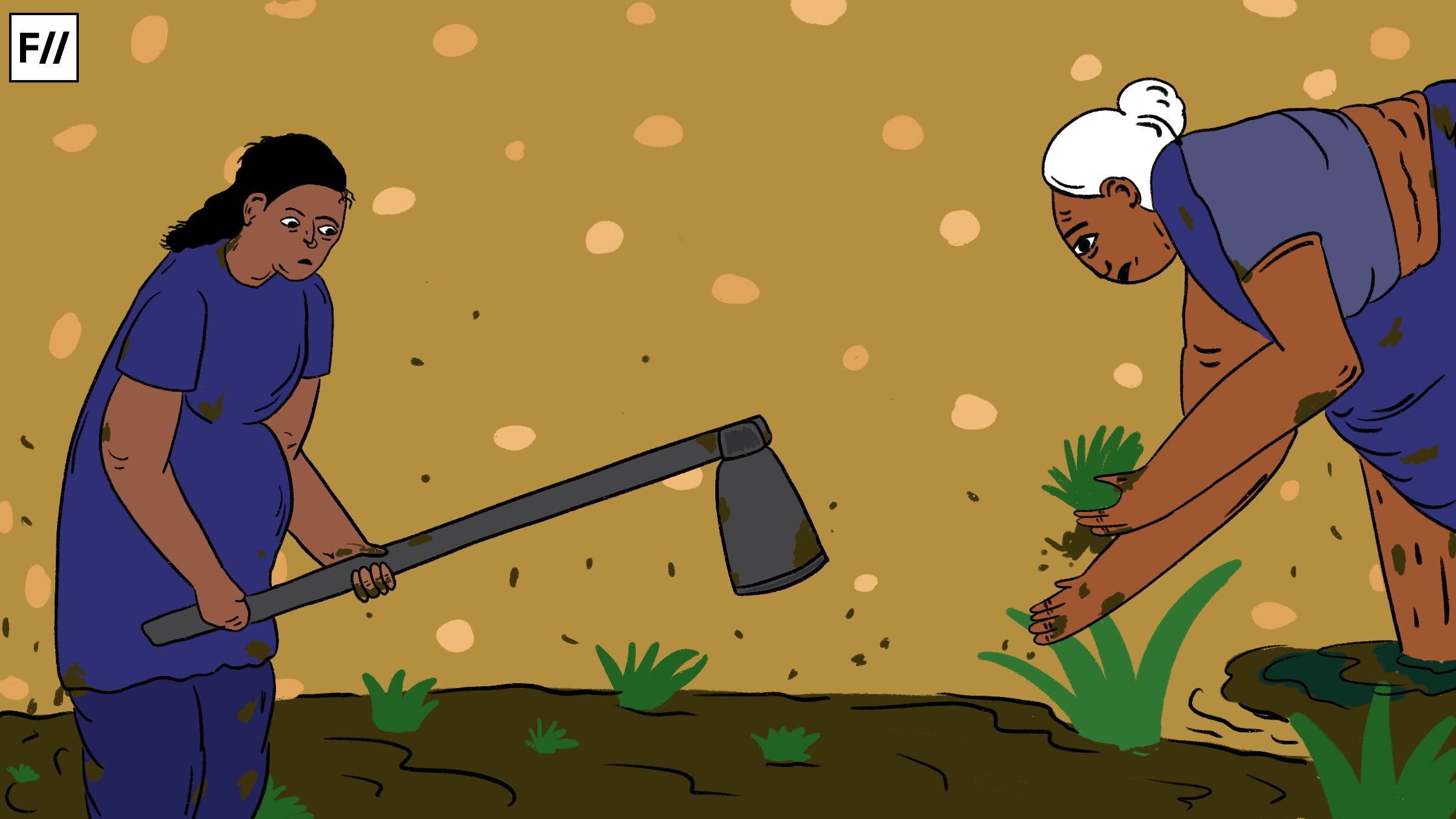





Good work, keep writing.
Congratulations Chandrika Arya ji